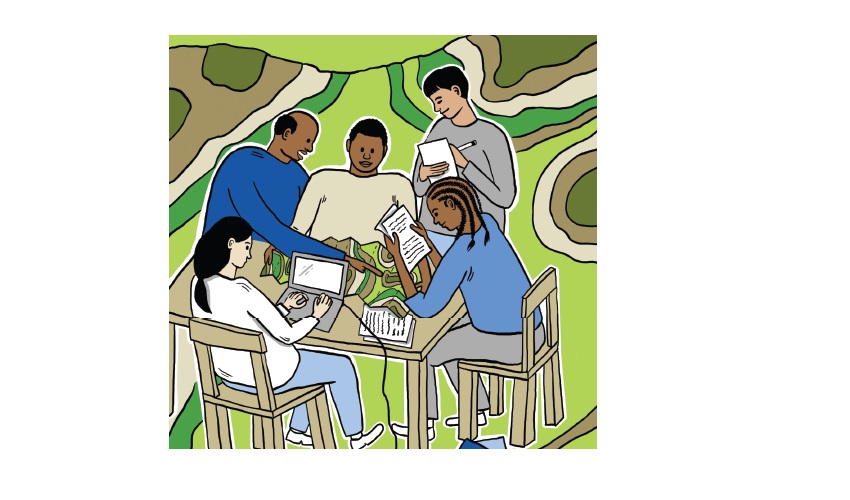IUCN presents Restoration Opportunity Assessment Methodology
IUCN is developing a new landscape Restoration Opportunity Assessment Methodology for use at national and subnational levels.

A new opportunity assessment methodology
Photo: IUCN
(DC) This afternoon the IUCN and other partners from the Global Partnership on Forest Landscape Restoration held a special seminar, hosted by the World Bank, to announce the development of a new forest landscape Restoration Opportunity Assessment Methodology for use at national and subnational levels as part of the burgeoning global effort to increase the pace of restoration of degraded landscapes.
“There are over two billion hectares of degraded lands around the world,” Tim Rollinson, Chair of the Global Partnership, said in a video introduction to the meeting. This means there are incredible “opportunities to restore what we’ve lost.”
The Restoration Opportunities Assessment Methodology (ROAM), produced by IUCN and the World Resources Institute as a contribution to the Global Partnership, provides a novel framework for countries hoping to assess their native restoration potential and lay the foundations for real restoration in the coming years. Among other things, the methodology will help interested countries identify the best landscapes for restoration – places where such activity may be the most socially, economically or ecologically feasible – and calculate the myriad benefits restoration can provide at those sites, from improved rural livelihoods to cleaner water and air. The methodology will also serve as a guide to other processes critical to successful restoration, including planning robust stakeholder engagement and developing financial and social incentives for land stewardship.
The Assessment Methodology presented today represents a strong early step in the efforts of the Global Partnership to fulfill the goal of the Bonn Challenge: to restore 150 million hectares of the world’s degraded forests by 2020.
The Bonn Challenge is an aspiration – but one driven by real need and, ultimately, motivation. It will serve as an “implementation platform” for delivery of existing globally agreed upon goals, such as those concerning climate change mitigation, desertification, preservation of biodiversity, and poverty reduction. With 20 million hectares of land already formally pledged to the Challenge for restoration, new “pre-pledges” in the pipeline brings the number of lands slated for potential restoration up to 50 million hectares.
Work done recently by the Global Partnership to identify restoration opportunity worldwide will now bear fruit, as countries, organizations, and businesses hoping to make pledges to the Bonn Challenge begin to use ROAM to streamline assessment of their own potential, ensuring that Bonn Challenge pledges will be as accurate, achievable, and beneficial as possible.
“It’s time to move from aspiration to action,” says Stewart Maginnis, Global Director of Nature-Based Solutions at the IUCN and co-designer of the methodology. In developing ROAM, "we worked with countries like Mexico, Ghana and Rwanda to get down to the specific level,” Maginnis says, “to really identify: what are the priority actions and where are the priority landscapes” for restoration. The final assessment methodology goes a long way, he says, to “support key actors to realize and define their opportunity.”
Today’s seminar also kicked-off a three day meeting of the Global Partnership that will consider what other actions the members can take to better mobilize support and improve capacity for forest landscape restoration around the world.
Check back soon for the forest landscape Restoration Opportunity Assessment Handbook, which will be made available in early February. For more information or to receive a hardcopy, please write to flr@iucn.org.



